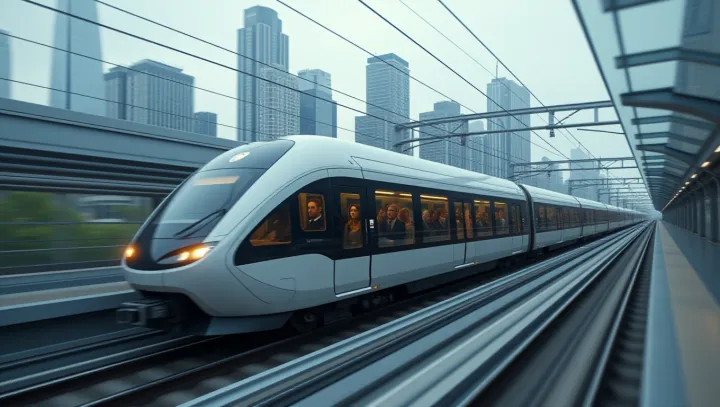City Trains: A Paradigm Shift

In the bustling metropolis of New York City, the urban train system is more than just a means of transportation; it is a linchpin connecting millions of people daily to their work, homes, and leisure activities. As city planners grapple with increasing congestion and environmental concerns, trains have emerged as a pivotal element in urban transit solutions. Rail networks across major cities are undergoing expansions and technological upgrades, aiming to provide efficient and eco-conscious commutes.
Experts, such as Dr. Susan Lan from the Urban Transport Institute, emphasize the urgency for sustainable solutions. 'Urban trains offer a viable path forward in reducing city traffic and lowering emissions,' she notes.
These developments are set against a backdrop of growing urban populations, with cities like London and Tokyo at the forefront of integrating advanced train systems into their infrastructure. The approach not only addresses immediate commuting challenges but also aligns with longer-term urban planning strategies which prioritize resilience and sustainability. Despite challenges like funding and maintenance, city trains illustrate a compelling model for future urban transport.
In an era where green transportation is prioritized, the role of trains in reshaping city dynamics cannot be underestimated. Their contribution to environmental goals and enhancing commuter experiences underscores their strategic importance in contemporary urban design.
